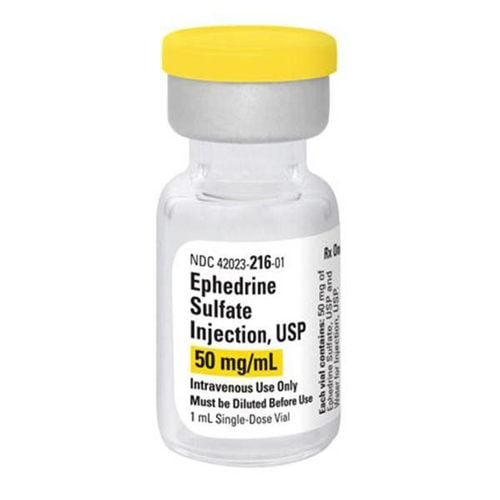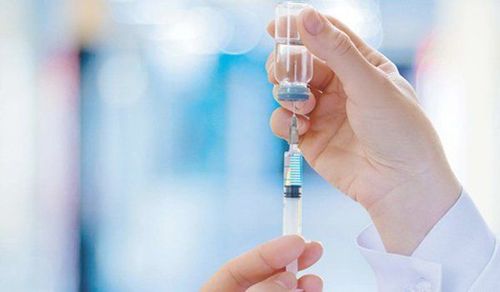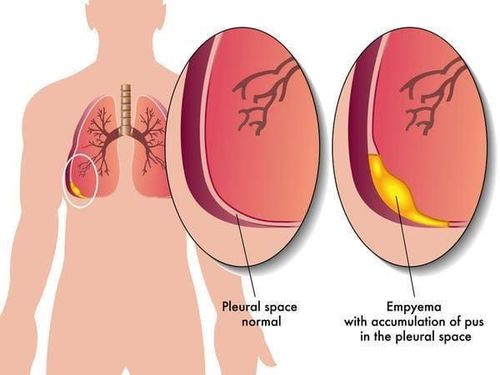This is an automatically translated article.
Deep vein thrombosis is the formation of blood clots in the deep veins, which can be caused by many factors and causes. This condition can cause local symptoms or serious complications such as pulmonary embolism.
1. What is deep vein thrombosis (DVT)?
Deep vein thrombosis is a blood clot that forms inside a deep vein, most commonly in the deep veins of the pelvis, legs, and thighs. Deep vein thrombosis can also occur in the arm but is less common.It is estimated that up to 900,000 Americans each year suffer from this disease and 100,000 people die from it. The most dangerous thing about this disease is that part of the clot can break off and travel down the vein into the vena cava and into the right ventricle. When the right ventricle pushes it to the lungs and gets stuck there, it can cause organ damage or death.
2. Symptoms of deep vein thrombosis
Not everyone with deep vein thrombosis also causes clinical symptoms, it is estimated that up to 50% of people with the disease do not cause any symptoms. Others may see symptoms such as:
Local: Redness and pain at the site of the blood clot. Pulmonary embolism: Symptoms of this condition appear when a blood clot has moved into the lungs and blocked a pulmonary artery, blocking the blood supply. Symptoms may include difficulty breathing, low blood pressure, dizziness, fainting, faster heart rate, chest pain, and coughing up blood. This is an acute symptom that requires immediate emergency treatment.
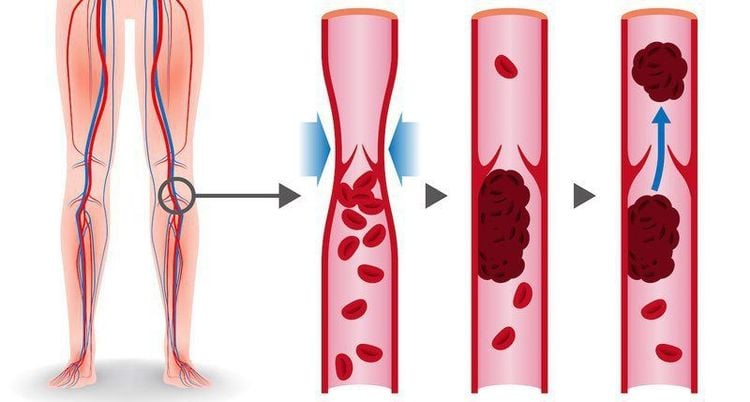
Huyết khối tĩnh mạch sâu là tình trạng hình thành cục máu đông ở các tĩnh mạch sâu
3. What are the causes and risk factors for deep vein thrombosis?
Any cause of damage to the inner lining of a vein or a disorder of blood clotting can cause deep vein thrombosis , including:
Surgery or trauma; Disorders of the immune system that damage the lining of the veins; Concentration, which causes your blood to thicken and flow more slowly, is more likely to form blood clots, especially in already damaged veins; People who have blood clotting dysfunction or have more estrogen hormone in their body are also more likely to have blood clots. Those at high risk for DVT include:
Pregnant and postpartum women: Women are more likely to develop DVT during pregnancy and 4 to 6 weeks after born. That's because there are high levels of estrogen, which can make blood clot more easily. The pressure of the expanding uterus can also slow blood flow in the veins. Certain blood disorders can increase your risk of deep vein thrombosis even more. People on hormone replacement therapy: Like pregnancy, birth control pills and some treatments for postmenopausal symptoms increase the amount of estrogen in a woman's blood. Sitting for a long time: Studies show that long-distance travel as a trip lasting more than 4 hours doubles the chance of developing deep vein thrombosis. It doesn't matter if you go by air, bus, train or car. When you're in a tight seat and don't move around, the blood flow slows down. Other risk factors include cancer, previous surgery, prolonged bed rest, being overweight or obese, and advanced age.
4. How to diagnose deep vein thrombosis
The doctor will rely on the clinical symptoms of the disease to determine the disease. In addition, it can be combined with medical history, medication and family history to determine the risk of acquiring it.
Laboratory tests used to diagnose deep vein thrombosis include:
Vascular ultrasound: This is an effective way to visualize the vessel wall to help diagnose this condition. Through ultrasound, the doctor can see the location of the blood clot, abnormal changes in the flow. This is a highly sensitive method, with an accuracy of more than 90%, but less accurate in the calf. Contrast angiography: Used when ultrasound does not achieve the desired effect, cannot identify the disease while the patient has symptoms that the doctor suspects is a high possibility of deep vein thrombosis. Blood tests: D-dimer is a product of fibrinolysis, high levels suggest recent presence and thrombolysis.
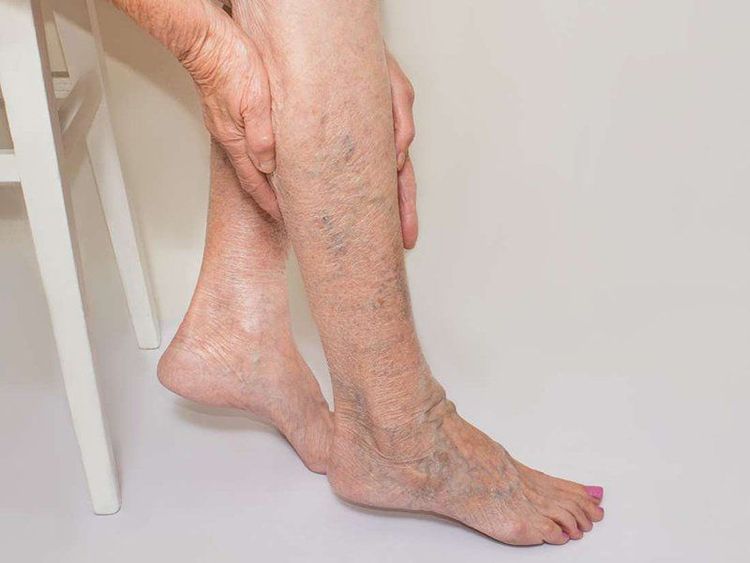
Phẫu thuật hay bị chấn thương có thể gây ra huyết khối tĩnh mạch sâu
5. How is deep vein thrombosis treated?
5.1. Anticoagulant treatment Anticoagulants are the most common way to treat deep vein thrombosis. Anticoagulants help prevent new blood clots from forming. They cannot break up a clot that has already formed, but will give the body more time to dissolve the clot on its own.
Anticoagulants can be taken orally or injected depending on the severity of the disease. However, the use of these drugs can cause some side effects including:
Bruises on the skin: People taking these drugs may bruise frequently or bleed easily than. When taking the drug, it is important to pay attention to the diet and other drugs that can increase the risk of bleeding. Internal bleeding: The drug can make it easier for blood to bleed inside the body. Bleeding in the abdomen can cause pain, vomit or bloody stools, like coffee grounds. Bleeding in the brain can cause severe headaches, vision changes, unnatural movements, and confusion. This side effect is very serious, so you need to tell your healthcare provider right away if you experience this sign. 5.2. If you can't take anticoagulants or they don't work, your doctor may recommend placing a mesh strainer in your inferior vena cava. This filter breaks up blood clots and prevents them from entering the lungs and heart. It will not prevent new blood clots from forming or cure venous thrombosis, but will prevent a life-threatening pulmonary embolism.
5.3. Thrombolytics Drugs that dissolve blood clots are called thrombolytics. They can cause sudden, severe bleeding, so doctors only use them in an emergency, such as to dissolve a life-threatening blood clot in the lungs.
5.4. Pressure Socks Special socks place gentle pressure on your feet to keep the blood moving and prevent blood clots from forming. They help prevent blood clots and reduce swelling and pain. Use compression stockings under the guidance of your treating physician.
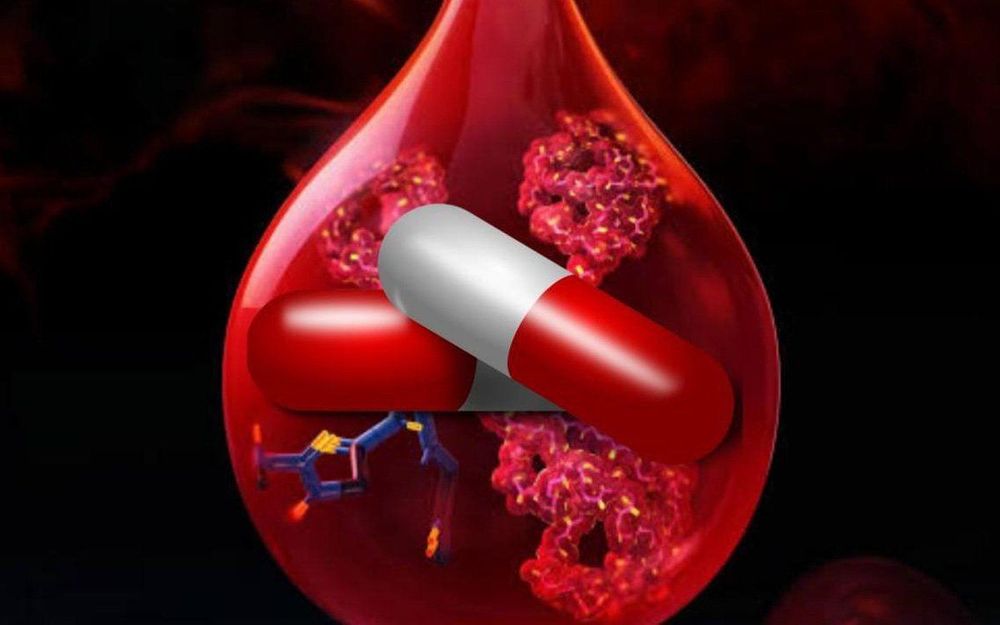
Thuốc chống đông máu là cách phổ biến nhất để điều trị huyết khối tĩnh mạch sâu
6. How to prevent deep vein thrombosis?
To prevent the formation of deep vein thrombosis, you should take the following measures:
When possible, sit with your feet off the floor. This will help blood in the veins flow more easily to the heart, reducing the risk of deep vein thrombosis. Exercise: Regular exercise helps blood circulation easier and keeps a reasonable weight, preventing disease. Exercise as soon as possible after giving birth or after surgery, especially in high-risk postpartum women. Early mobilization is essential to reduce the risk of blood clots. When traveling, if you have to sit for a long time you should not wear tight clothes, instead drink plenty of water, get up and walk at least every few hours. If you must stay seated, straighten and move your legs. Try tightening and relaxing your calves and thighs or lifting and lowering your heels with your toes on the floor. Deep vein thrombosis is a disease that is difficult to detect through clinical signs alone. Therefore, when you have abnormal symptoms, especially in the high-risk group, it is necessary to visit a doctor for early diagnosis and treatment to avoid complications.
Please dial HOTLINE for more information or register for an appointment HERE. Download MyVinmec app to make appointments faster and to manage your bookings easily.
Reference source: webmd.com



